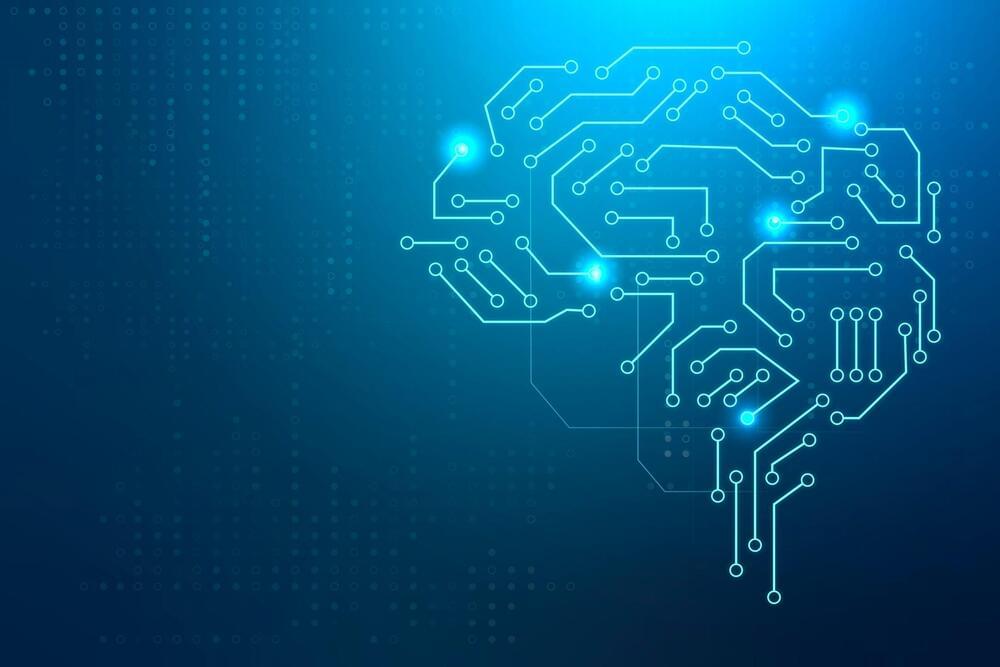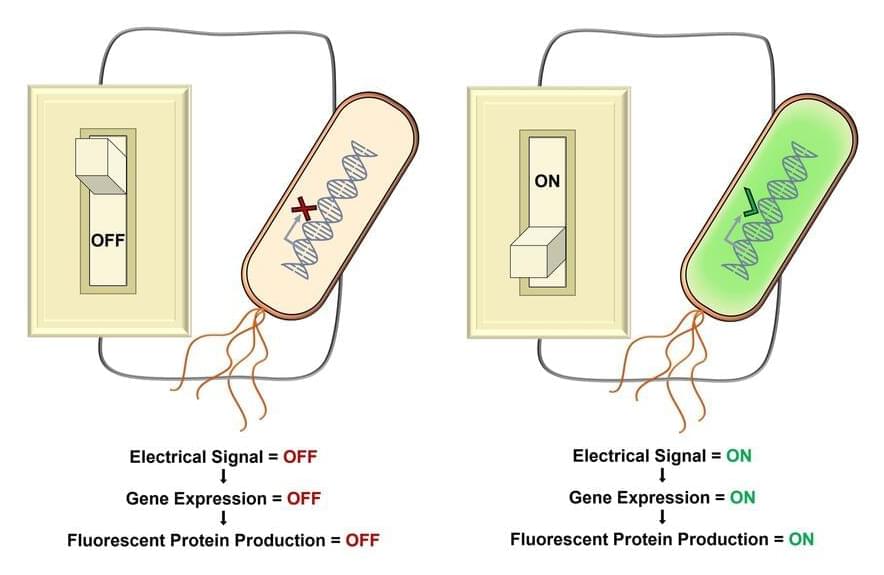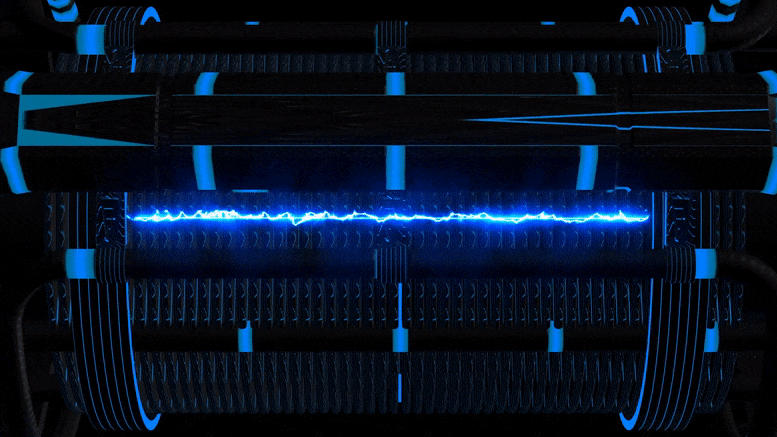Page 4870
May 7, 2022
Hyundai has kicked-off production on novel 4×4 vehicles with robotic legs
Posted by Gemechu Taye in categories: robotics/AI, transportation

They may be the only cars to go more viral than Cybertruck.
Remember that Hyundai concept 4×4 with robotic legs?
Continue reading “Hyundai has kicked-off production on novel 4x4 vehicles with robotic legs” »
May 7, 2022
Jeff Bezos Wants Manufacturing to Move Off Planet and NASA is Exploring the Possibilities
Posted by Len Rosen in category: space
Dan BreedenHe shall lead us to a brave new world.
1 Reply.
Len Rosen shared a link.
May 7, 2022
The Future is Wild: Speculative Evolution of the Future. Size comparison
Posted by Jose Ruben Rodriguez Fuentes in categories: evolution, futurism

Oyinkro OhimorOEC is the change.
Oyinkro Ohimor.
Continue reading “The Future is Wild: Speculative Evolution of the Future. Size comparison” »
May 7, 2022
Using Optomemristors To Light Up Artificial Neural Networks
Posted by Jose Ruben Rodriguez Fuentes in categories: biological, robotics/AI
Artificial intelligence and machine learning hardware research have concentrated on building photonic synapses and neurons and combining them to do fundamental forms of neural-type processing. However, complex processing methods found in human brains—such as reinforcement learning and dendritic computation—are more challenging to replicate directly in hardware.
A new study contributes to closing the “hardware gap” by creating an “Optomemristor” device that responds to numerous electronic and photonic inputs at the same time. The diverse biophysical mechanisms that govern the functions of the brain’s neurons and synapses allow for complex learning and processing in the mammalian brain.
The chalcogenide thin-film technology interacts with both light and electrical impulses to mimic multifactor biological computations in mammalian brains while spending very little energy.
May 7, 2022
Northrop Grumman’s pioneering vision, technology and people defining possible
Posted by Genevieve Klien in category: futurism

Our teams explore burgeoning research areas and inventing revolutionary technology that will not only accomplish the mission at hand but also influence our world.
For some months, the sun has been witnessing heightened activity. It has been emitting several powerful solar flares.
But, what are solar flares? The answer is that these are sudden releases of magnetic energy.
May 7, 2022
Meet Elliott Tanner, the 13-year-old who just got his college degree in physics
Posted by Genevieve Klien in categories: mathematics, physics
He is set to start a doctorate next.
13-year-old prodigy Elliott Tanner has graduated from the University of Minnesota with a degree in physics and mathematics.
May 7, 2022
Scientists engineer new tools to electronically control gene expression
Posted by Jose Ruben Rodriguez Fuentes in categories: biotech/medical, chemistry
Researchers, led by experts at Imperial College London, have developed a new method that allows gene expression to be precisely altered by supplying and removing electrons.
This could help control biomedical implants in the body or reactions in large ‘bioreactors’ that produce drugs and other useful compounds. Current stimuli used to initiate such reactions are often unable to penetrate materials or pose risk of toxicity—electricity holds the solution.
Gene expression is the process by which genes are ‘activated’ to produce new molecules and other downstream effects in cells. In organisms, it is regulated by regions of the DNA called promoters. Some promoters, called inducible promoters, can respond to different stimuli, such as light, chemicals and temperature.
May 7, 2022
Making Electricity Cheaper: A Cellphone-Sized Device Automatically Adjusts a Home’s Power Use to Save Money
Posted by Genevieve Klien in categories: climatology, economics, mobile phones, sustainability
A cellphone-sized device automatically adjusts a home’s power use up or down to save the consumer money and increase the resiliency of the electric grid.
The effects of climate change are pushing electrical grids around the world to their limits. Last year, unprecedented cold weather caused people in Texas to turn up their thermostats, which overwhelmed the power grid and caused days-long power outages. And in California, the power is turned off before there is a high possibility of a fire.
To combat the electric grid’s vulnerabilities and cut down on the use of non-renewable sources of energy, researchers at the Department of Energy’s SLAC National Accelerator Laboratory have developed technology that automatically adjusts a home’s power use up or down in response to fluctuating prices that are established by real-time market demand.















